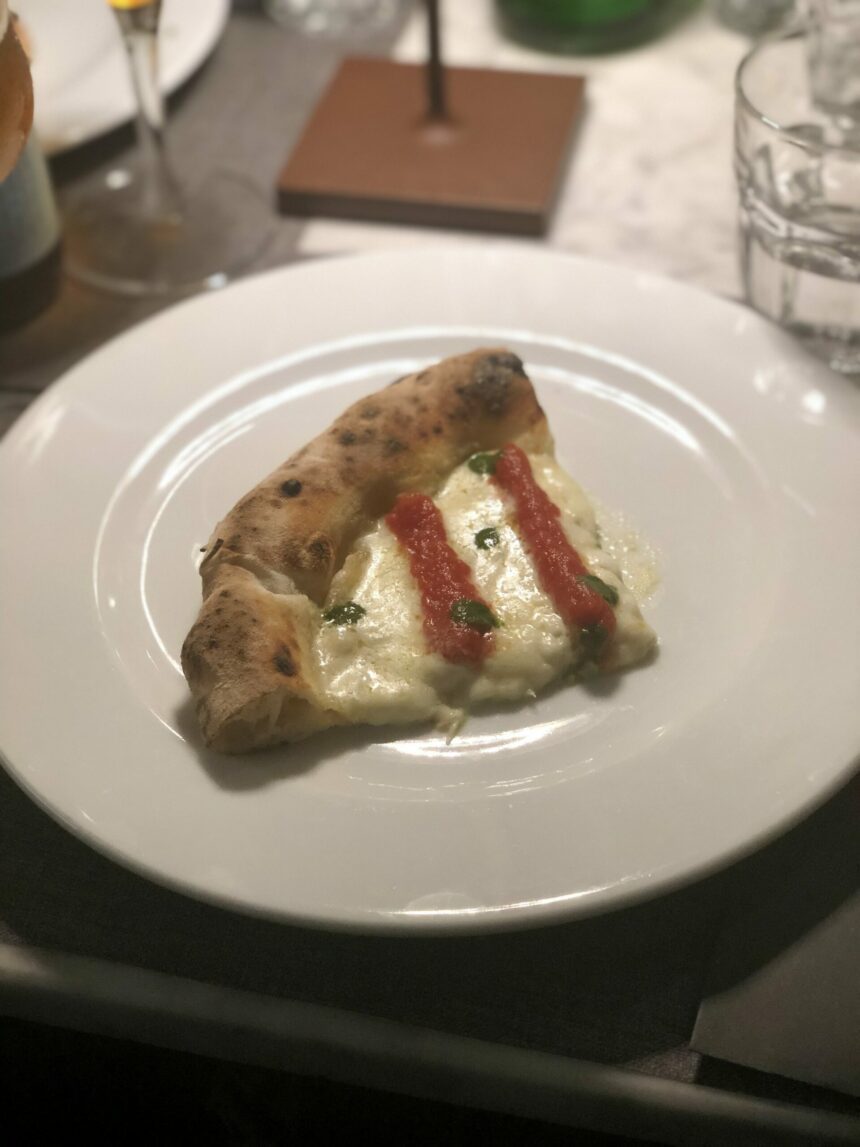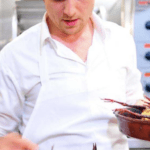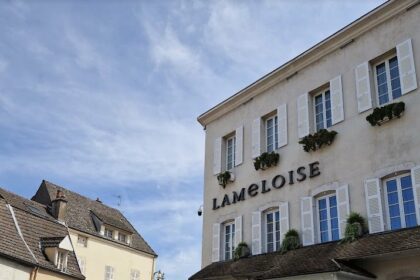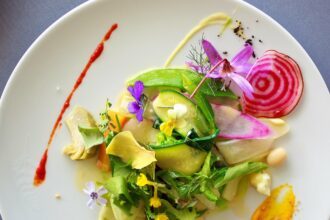Gastromondiale espouses the view that ideally, and sometimes necessarily, gastronomy should be analyzed in the cuisine’s language. As linguistic translation never draws a one-to-one correspondence, and is often more problematic than even this truism would imply, analyzing the historical development or the experience of taste in the language that the dishes develop is instrumental to understanding how they conceptualise their food.
Brandon GRANIER, Editor
As we introduce our new contributor, Roberto Bellomo of Milano, I am ever more confirmed in these beliefs. Translating Roberto’s elegant prose was an illuminating exercise for me, as he insisted on writing in Italian from the beginning. It became clear to me why, when a term such as ”scioglievole” might equate to “melting” or “fondant” if limited to a single term but which fails to express its manipulation in Italian discourse, first as a descriptor for chocolate and its eventual transmigration to discuss a quality of great pizza. As I wrote “melting”, it felt like a (admittedly, linguistic) betrayal. This is the first entry in what we hope will be the most comprehensive anglophone discussion of pizza on the blogosphere. Here is our primer on Neapolitan pizza from Roberto Bellomo. Ciao bella.
To speak about pizza, and Neapolitan pizza in particular, is a risky endeavor. First of all, the theme is more encompassing and complex than it would seem and the risk of being inaccurate, from both an historical perspective and from the point of view of cooking technique, is not negligible. Secondly, the experts on the topic, actual and would-be, have multiplied and thus the publication of literature on the topic is constantly accumulating. Finally… there is no one more contentious than a pizzaiolo.
To even begin to discuss pizza on Gastromondiale, it was suggested by the editors to inaugurate with a “foundational piece” about the different “schools” according to which the Neapolitan pizza has developed over time and to fix at least one tenet: “the pizza neapolitana”, as a distinct ahistorical category, does not exist, in the sense that, even at a given moment, there have been significant differences within the city’s regions and between Napoli and neighboring cities, in particular Caserta; and that today more than ever, the concept is elusive and the expressions of pizza in Naples and its environs, varied.
We will not venture here in this discussion to conjecture precisely when and where the first pizza in Naples was baked – a matter of endless debate and controversy – but instead identify some broad categories.
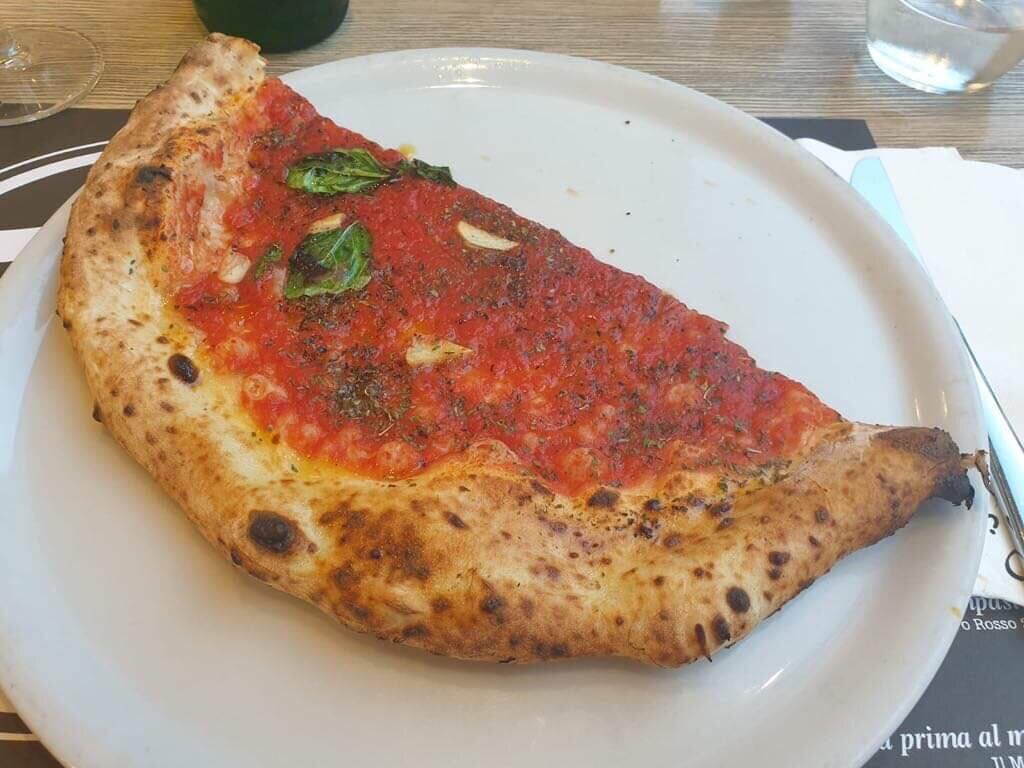
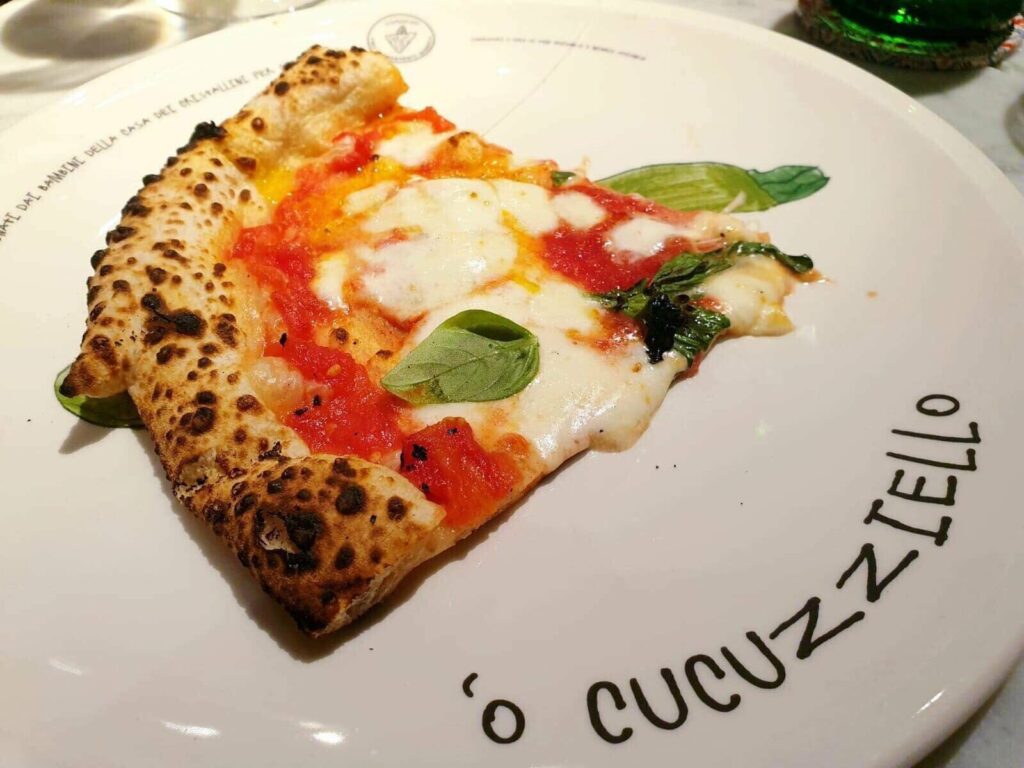
Tribunali
The “Tribunali”-style pizza has always (or at least, for over a century) been shaped in the form of a wagon wheel. Very thin, edges not too pronounced, much larger than the serving plate that contains it, very elastic consistency to the crust. The traditional varieties were confined to the Margherita and Marinara and are still today as well, such as at the Pizzeria Da Michele, the most famous pizzeria in this category.
On the borders of Tribunali
Some alternatives to the populist style grew up around the Tribunali style (and still do), having interpreters who proposed, alongside the “pizza in the wallet” (smaller, cheaper and foldable in 4, easy to carry while walking and which fed generations of the working class) a version to the dish similar to that of Tribunali, offered in spartan digs, with nothing but unadorned tables to convene around.
Pizza “borghese”
In contrast to the more populist versions of Neapolitan pizza like Tribunali, the city also has historically featured and continues to have its “cathedrals” erected for greatness in pizza. On the waterfront, in other affluent neighborhoods, especially in Vomero, the pizzerias have for decades offered more “refined” versions, with smaller dimensions than Tribunali pizze, with a higher edge (“cornicione”), to be enjoyed while seated in a more posh environment. Different sauce styles were introduced here, sometimes of a higher quality than those of Tribunali (eg: extra virgin olive oil, now present almost everywhere, was not initially incorporated in the Tribunali).
In the Provinces
Outside Naples, in the provinces, the proposed model was mainly the popular Neapolitan one, sometimes with exceptional performers (of note, the pizzeria Salvo, in San Giorgio a Cremano). In Caserta and Caiazzo, an original prototype was proposed, of more compact dimensions, and eyed with suspicion in Naples: the Caserta pizza was more “panosa”, bready, according to the Neapolitans, that is with a higher edge and a consistency less “scioglievole” (melting), a B-series pizza, as viewed from the capital.
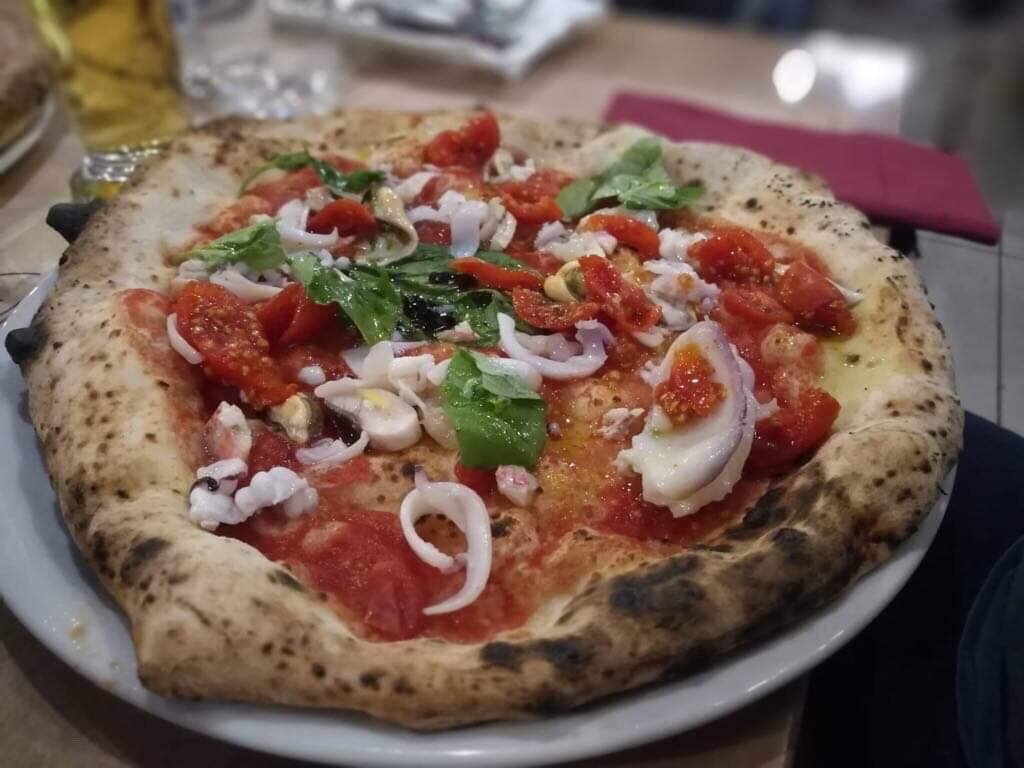
Innovations
In the span of only a decade, the more or less static world described above has been literally overturned by a significant improvement: rigorous attention to leavening, a combination of different flours, particular care toward the digestibility of pizza, use of ingredients of ever higher quality. In Napoli, thanks to the work of Enzo Coccia and his Pizzaria la Notizia, people began to think that the tradition could be improved upon, that being thirsty all night after an evening in a pizzeria was not a necessity, that pizza could be – to make it short – better both in flavor and in terms of digestibility. Coccia’s research was an inspiration for the next generation of pizzaioli, as was the dissemination of work on the theme of the “new Neapolitan pizza” by refined gastronomes such as Maurizio Cortese.
At the same time, in bordering Caserta and Caiazzo, two great protagonists of this story made technical leaps. Franco Pepe, in Caiazzo, first in the historic family pizzeria and then opening Pepe in Grani in 2012, introduced an extraordinary-quality pizza, both for the dough and the ingredients chosen with painstaking care. Francesco Martucci, in Caserta, for his part, worked on dough and shapes to reach levels of lightness and melting texture that represent a point of reference: his is the most successful version of the so-called “canotto” pizza (attention: the term was used so disparagingly and none of the best artisans would therefore define his pizza this way) for the very high yet almost ethereal cornicione, today often imitated but never achieving the same results.
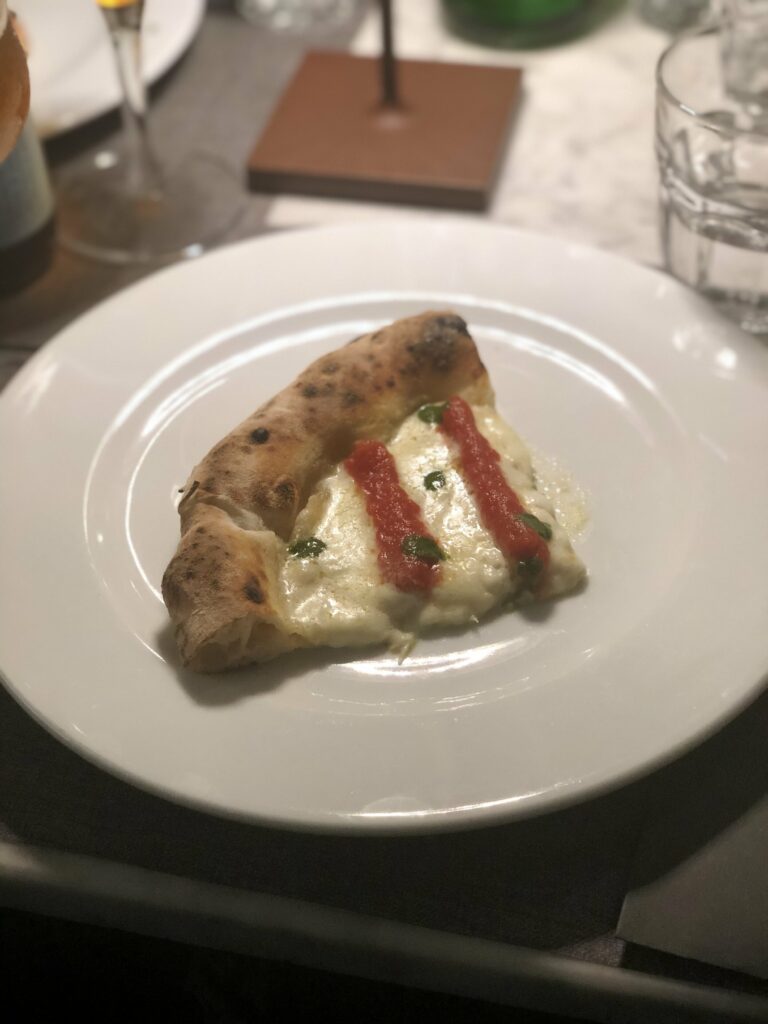
This discernment for selecting dough and ingredients was accompanied by increasingly welcoming environments and, in some cases for the libations: if once (and in some popular pizzerias, still) the proposed beverages were only industrial beer, Coca-Cola and, rarely, bulk wine, now you can enjoy Ariogian ales and wines (also champagne) of comparatively high quality, as in the renewed proposal of the new generation of Salvo and in the pizzerias of the “interpreters” mentioned so far.
The Neapolitan pizza has never had it so good, and today not only in Naples — but that is a story for another time….
